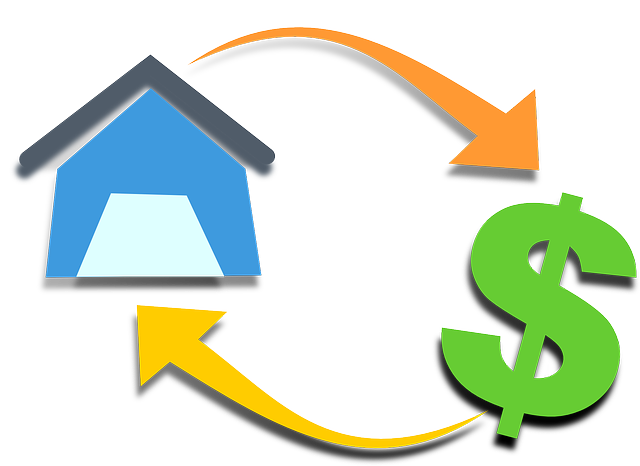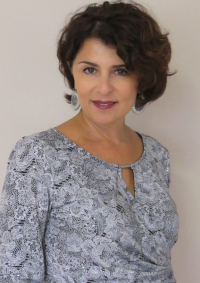Energy Efficient Mortgages Pay Off
Energy Efficient Mortgages (EEMs) were expanded to all states by the Federal Housing Administration in 1995 after a three-year pilot program in five states, so consumers could save money on utility bills by allowing them to finance the cost of energy-efficiency features for their new or existing homes as part of their FHA-insured home purchase or refinanced mortgage.
The U.S. Department of Energy continues to maintain that an EEM is one of the most effective programs consumers can use to come out ahead in today’s real estate market.
EEMs recognize that reduced utility expenses can permit a homeowner to pay a higher mortgage to cover the cost of the energy improvements on top of the approved mortgage. FHA EEMs provide mortgage insurance for a person to purchase or refinance a principal residence and incorporate the cost of energy efficient improvements into the mortgage. The borrower does not have to qualify for the additional money and does not make a downpayment on it. The mortgage loan is funded by a lending institution, such as a mortgage company, bank, or savings and loan association, and the mortgage is insured by HUD. FHA insures loans. FHA does not provide loans. (portal.hud.gov)
Making cost-effective energy improvements means lower utility payments—allowing more funds to be available for mortgage payments. Improving windows and doors, installing active and passive solar technologies, insulate an attic, replace older heating and cooling systems and fix or replace chimneys, etc.
The maximum cost of improvements you can add to your mortgage is either 5% of the property’s value (not to exceed $8,000) or $4,000, whichever is greater based on your property’s value. FHA requires that you make at least a 3.5% cash investment on your property based on the sale price. The total mortgage amount is based on your home’s value plus the projected cost of energy-efficient improvements.
Benefits will vary and your lender will be your best source on what benefits you may obtain. Energy efficiency becomes an attractive selling point when you place the property on the market.
Any HUD-approved lender, such as a bank, credit union or mortgage company can accept your application for an EEM. Click here for more information.
Thank You and Have a Great Day
Marina Jacobson
Broker, SFRDirect: 847-510-5009
Cell: 847-361-5605
Fax: 847-510-5109
Click Here For Your FREE Home Search
Your #1 Agent!
Certified Distressed Property Specialist
Search 1000’s of Homes at
www.MarinaJacobsonHomes.com


